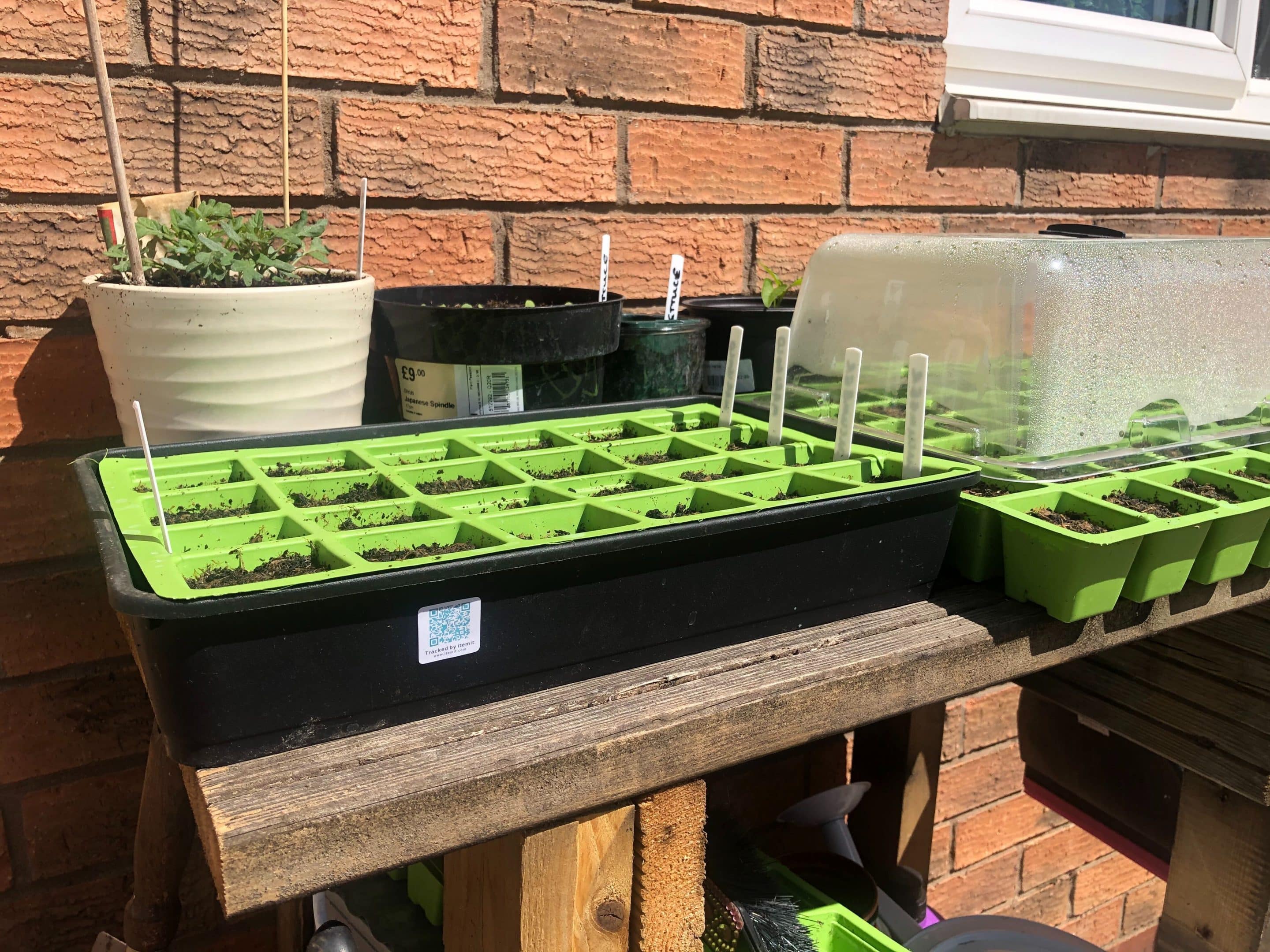There’s no business or professional organisation that could perform at its level best without tracking its assets properly. The benefits of asset tracking stretch far and wide and are unique to different organisations.
But there are some enterprises that could benefit from asset tracking software to a much greater extent. Compared to the standard office-based businesses, the day-to-day operations of such enterprises involve working with hundreds, if not thousands, of assets over large distances.
In this post, we’re going to talk about two such industries, horticulture and conservation, and what asset tracking can do for them.
Why Do Horticulture and Conservation Firms Need Asset Tracking?
Organisations in horticulture and conservation share a few things in common that differentiate them from the vast majority of other professional fields. These include:
- Primarily outdoor operations, often spanning over large areas
- Numerous important assets located all over the operational area
- The need to track assets over time
- The need for a centralised platform that all team members can use to collaborate on projects
Consider a standard indoor office, which often doesn’t exceed the physical boundaries of a few rooms or a building floor. Of course, keeping track of assets in this office should be much easier since all of them are inside an enclosed space compared to tracking assets over acres of open land.
Still, the standard office needs efficient asset tracking software to efficiently monitor all business assets. So when it comes to conservation and horticulture, the need for asset tracking is even more pronounced.
Applications of Asset Tracking in Horticulture
Horticultural operations include working with numerous plants and trees that need to be identified accurately. Plants of the same species and size are not very differentiable, and working with manual methods to mark their identity can be very time-consuming.
Not only that, every plant needs to be tracked over many months and years. Considering these requirements, utilising asset tracking software is an excellent solution.
Track Plants
You can use asset tags to mark each pot, seedling tray or tree and give it a unique ID. In the asset profile, you can store information like species, cultivar, age, date of sowing and much more.
One of the most simple but useful features of horticulture asset tracking is being able to tell when the last time your plants were watered. When you’re done watering a set of plants, you can record it in the asset register. This way managers and employees can tell which ones are well-watered and which ones are not.
Plus, you have the option to track assets over time and add images too. So if you want to visually track the growth of a plant, take a picture and add it to its asset profile. You will soon have a visual track record of how a plant grew.
Applications of Asset Tracking in Conservation
The typical conservation organisation works over large patches of land, say a few hundred acres at least. Larger organisations even work across entire national parks. This calls for an efficient asset tracking system that allows team members to communicate asset details over large distances.
Managers and team leaders can have a clear overview of all important assets from one platform while employees track and update asset details out on the field. Furthermore, you can use asset tags to mark the ownership of an asset out in the field. They will also help you to quickly identify its identity and mark its location in the online asset database.
Tools and equipment tracking is a basic need for all types of conservation teams. Since tools have to be moved over large distances and exchanged between team members, they can easily get lost if not tracked properly. But apart from equipment tracking, teams can also use asset tracking software to keep an up-to-date and comprehensive record of what they are trying to conserve: natural assets.
Wildlife Conservation
For companies that are working towards the conservation of an endangered species or trying to study wildlife behaviour, asset tags can prove to be of great utility. Smaller vinyl asset tags can be used to tag animals individually via collars, ear tags, or bird tracker rings.
All you need to do is scan the asset tag and the tracking software will bring forward the profile with all other details.
You’ll also need to track the critical assets you need to perform your conservation duties and this can all be done using the same asset tracking software too.
Forest Conservation
When you’re working towards the conservation of trees, asset tracking holds great potential for you. You can mark each tree with a larger, anodised aluminium asset tag and give it a unique identity.
This is a great way to build a comprehensive register of the trees you want to track within a set area. You can record everything from the tree species to its estimated age and health. The asset tag also acts as a deterrent against illegal loggers who tend to stay away from trees that are being tracked.
itemit’s Asset Tracking Solution for Horticulture and Conservation
When it comes to horticulture and conservation asset tracking, there’s no better option than itemit. Not-for-profit conservation organisations like Honeyguide in Tanzania are already benefiting from itemit’s asset tracking solution.
You get a powerful system to track and manage your assets, allowing you to record your assets, their details and track all changes via an easy-to-use app. To find out more about how itemit can help you, contact the team at team@itemit.com. You can also start a free trial by completing the form below.
Horticulture And Conservation Asset Tracking
Choose a better way to track your assets
Start your free 14-day trial now
Instant access. No credit card details required.
You can also start your 14-day free trial by filling out the form below, or you can contact us at team@itemit.com or at 01223 421611.
Or, you can check out these blogs:
What Are the Best Asset Management Tracking Tools?
3 Ways Fixed Asset Tracking Software Saves you Time and Money
How to Track Maintenance with Heavy Equipment Maintenance Software
Latest posts
itemit Blog
Tips, guides, industry best practices, and news.
Latest posts
itemit Blog
Tips, guides, industry best practices, and news.
Related articles
How to Find Cost of Goods Sold: A Guide for Asset Tracking
Learn to calculate Cost of Goods Sold (COGS) with precise asset tracking. Explore key formulas, inventory methods, and best practices for better financial reporting
How to Calculate Beginning Inventory: Formula & Examples
Learn how to calculate beginning inventory using simple formulas. Understand its importance in inventory management and financial tracking. Read more!
How to Improve Order and Inventory Management for Your Business
Learn effective strategies to optimize order and inventory management for your business. Reduce errors, improve efficiency, and streamline operations.




